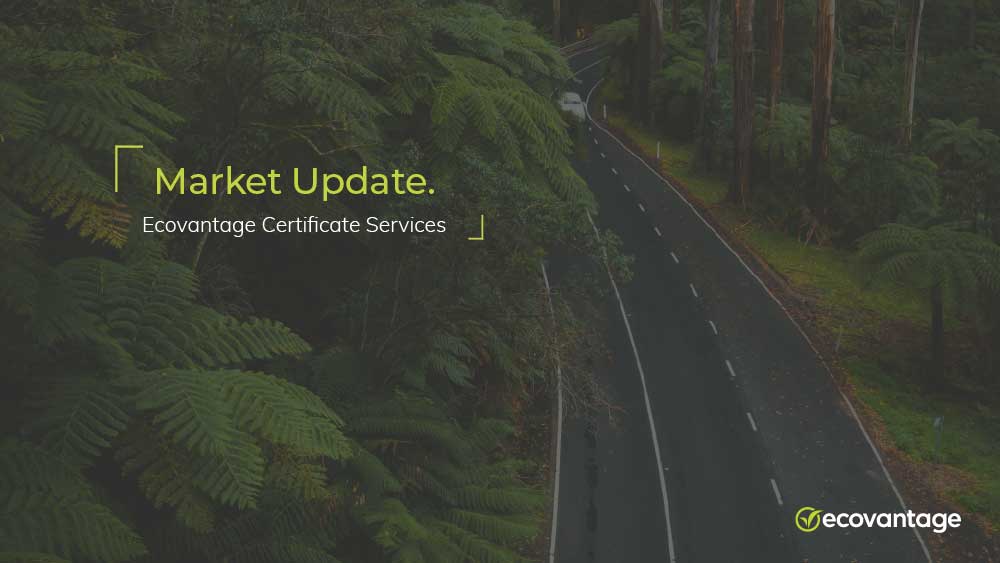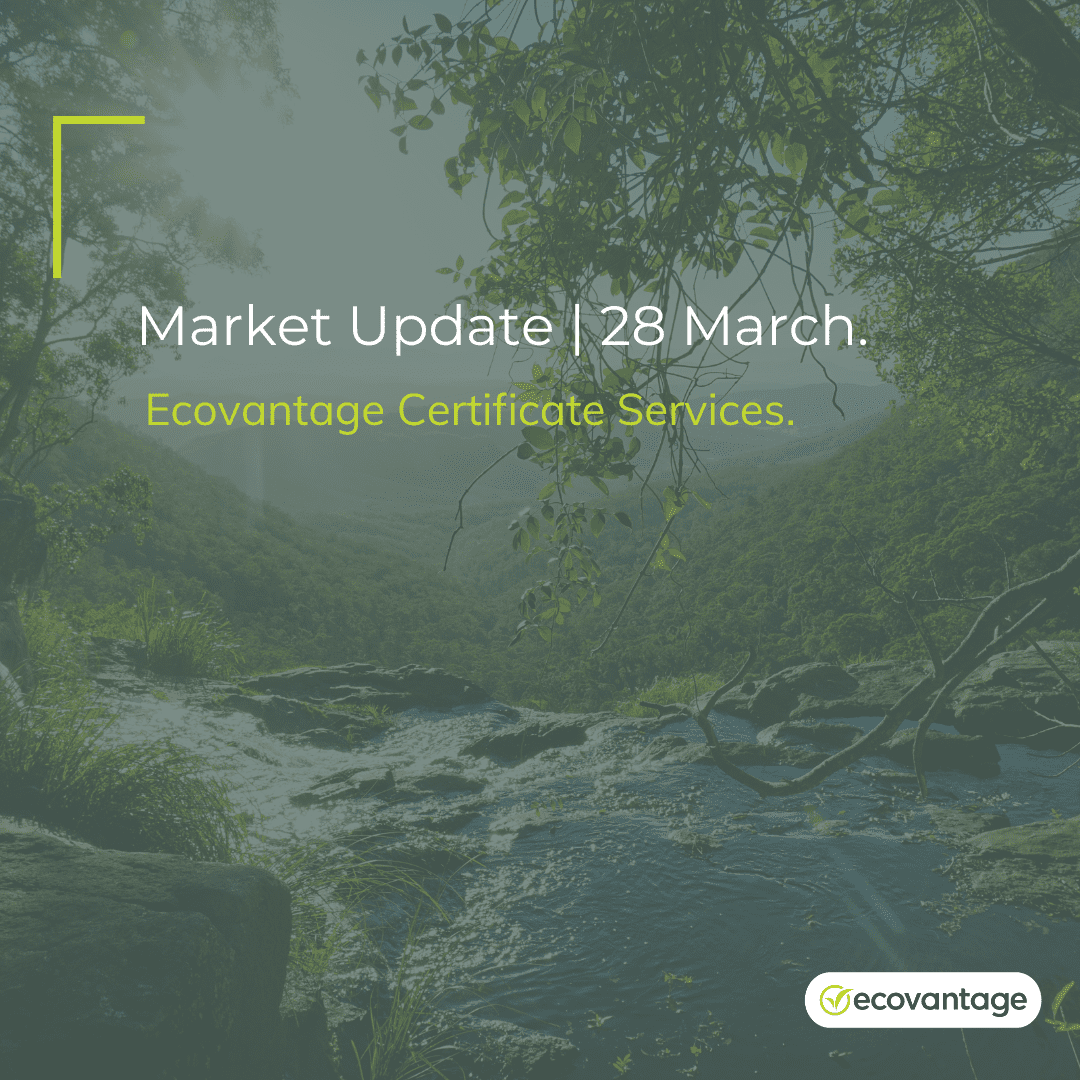Note: this blog is detailed and technical, focuses on questions we hear from clients, and is relevant for commercial and industrial sized jobs. If you aren’t already familiar with VEECs, we recommend reading our introduction to Solar VEECs post here. And if you encounter any acronyms that aren’t familiar just refer to our Glossary.
For large scale and commercial energy efficiency projects claiming VEECs, there are two major underlying topics of concern: how to increase cash flow, and how to mitigate risk.
To address both of these concerns, at Ecovantage we have the option to adjust the methodology used for your project to ensure the highest return and the lowest risk.
Using the separate Baseline and Reporting methodology, we are able to generate a portion of VEECs for trading 6 months into the reporting period, when approximately 60-80% of the effective range has been measured. This means that approximately 60-80% of the total VEEC volume can be created and traded to generate revenue at the 6 month mark. The reporting period continues to 12 months, where the remaining VEECs generated are created and traded. If the entire effective range is covered prior to 12 months, the M&V can end and all VEECs can be created.
Because an effective range is drawn from the baseline prior to the reporting period, this condensed or midway claim option is not available with a concurrent Baseline and Reporting methodology.
Using this method, we must adhere to no major upgrades or changes in site activity being performed throughout the M&V period. For more information on the concurrent Baseline and Reporting method, please refer to our recent article.
For any questions and enquiries please contact our M&V VEEC specialty team via customer.service@ecovantage.com.au

 Victoria
Victoria




